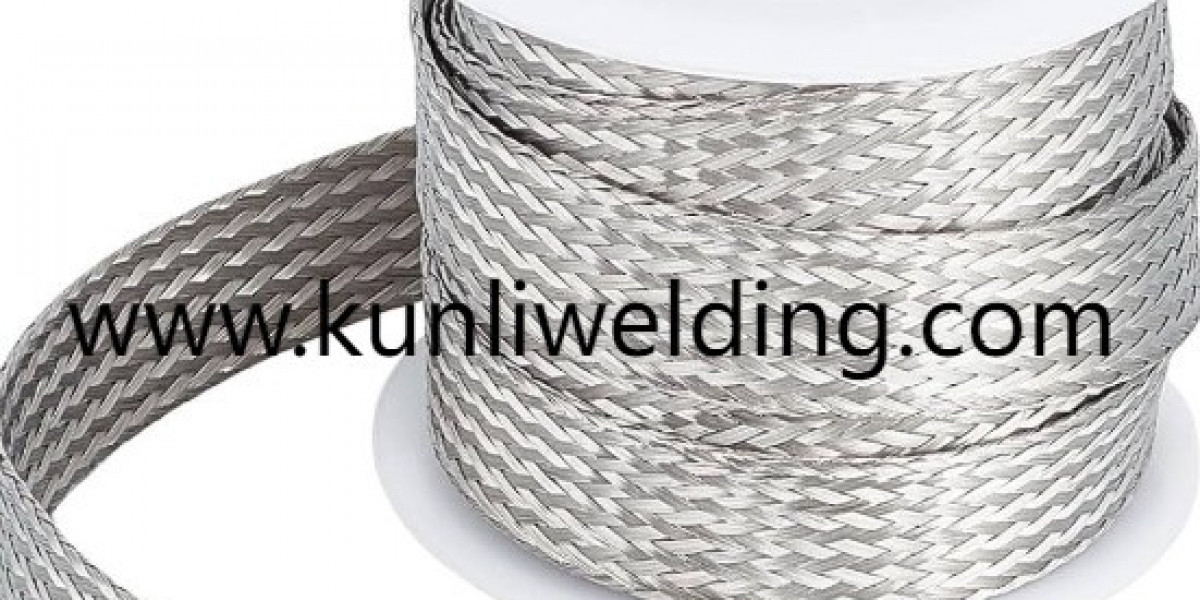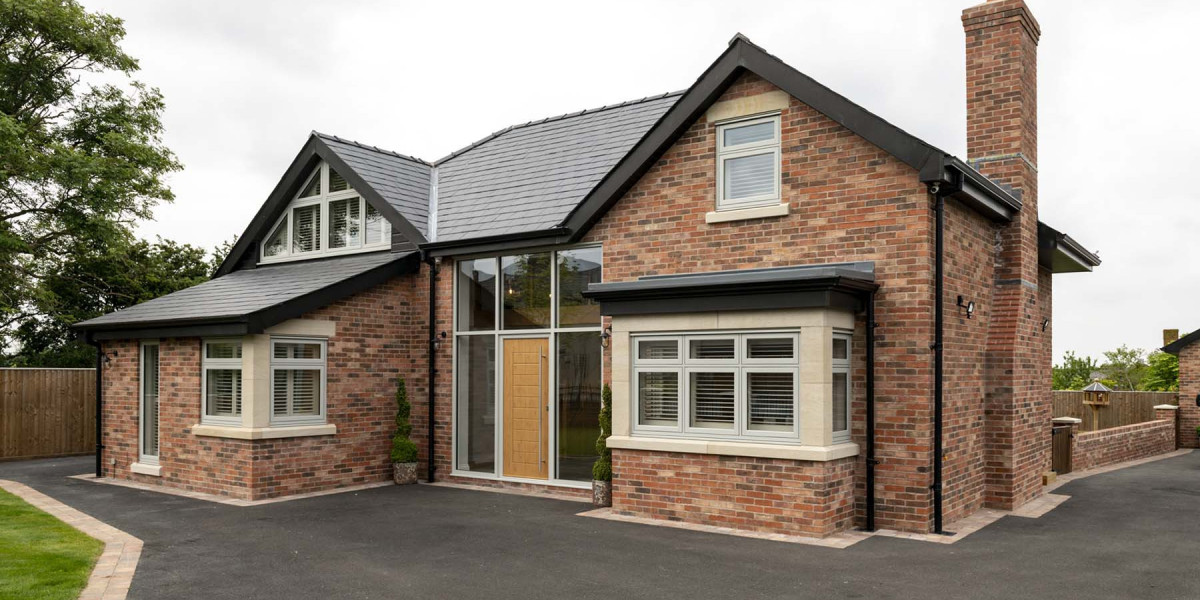In marine fabrication and repair work, material selection and working practices shape how long a welded assembly will last, and Aluminum Welding Wire ER4943 often appears on specification lists for parts exposed to salty air and wet dry cycles. As coastal projects expand and infrastructure faces more frequent severe weather and changing operational demands, choosing a filler that supports predictable in service behavior matters to owners, fabricators and maintenance crews alike.
Why ER4943 is chosen begins with what happens at the weld metal surface. When weld metal cools it forms a thin protective film that slows further reaction with seawater and airborne salts. Some fillers are formulated to promote more uniform surface behavior in the welded area, reducing the number of micro sites where local attack can start. In practice this means fewer small pits and less likelihood that a crack will find a starting point at the seam.
Fit up and cleanliness are immediate and low cost levers that enhance the filler's performance. Salt, oils and handling residues create microscopic pockets that trap moisture or interrupt the protective film formation. On site, a consistent brushing routine and a tucked away clean prep station transform how often a weld needs touch up. When teams make this a non negotiable step, pilot beads trend toward fewer porosity issues and the finished seam accepts coatings more readily.
Heat control and welding sequence influence the heat affected zone and residual stresses. Excessive local heating can produce microstructures that are more vulnerable to repeated thermal cycles typical at sea. Managing travel speed, using smaller weld pools on thin sections, and distributing tack welds along long seams reduce the concentration of thermal stress. Those procedural choices limit distortion and help the filler metal and adjacent parent metal behave more uniformly in service.
Practical feed and spool handling matter on daily operations. Aluminum filler that reaches the cell with surface scuffs or moisture often produces inconsistent beads no matter how careful the operator is. Inspect spool wraps at arrival, run a short bench feed test through the exact feeder path you will use, and adjust liner or drive settings before the first structural weld. A short check saves hours of rework and gives the team a reliable reference to reproduce when new coils arrive.
Finish compatibility is part of a long life strategy. Coatings and sealants used on hulls and frames must bond well across the weld and the heat affected zone. When the filler and the chosen protective system are aligned, coating adhesion is more uniform and inspection cycles become more predictable. Documenting the finish sequence and including it in acceptance criteria reduces disagreement between paint and fabrication teams and keeps maintenance planners confident in their intervals.
Inspection and preventive maintenance close the loop. Visual checks for coating continuity, crevice areas at joints, and a targeted non destructive scan on critical load bearing parts catch early signs of localized attack before they develop into structural concerns. Photograph repairs and record coil lot marking and welding parameters for any significant intervention so future failures can be traced to a specific batch or practice rather than assumed causes.
Environmental and supply chain pressures have raised the stakes. As offshore and coastal installations expand, procurement teams are looking for suppliers who publish handling guidance, suggested starting parameters, and packing methods that protect coils in transit. A supplier note that maps feeder settings and surface care shortens pilot time and helps the shop reach reproducible weld quality faster. Practical supplier documentation becomes as valuable as the filler itself in tight schedules.
Operator training reinforces consistency on the shop floor and at remote job sites. Small differences in torch angle, stick out, and rhythm influence bead shape and microstructure more than many expect. Brief, task focused refresh sessions that pair demonstration with short sample welds reduce variation between crews and shifts, so parts leave the site in a condition that meets the inspection plan.
All of these elements—material formulation, cleaning, heat management, feed checks, finish alignment, inspection routines and supplier notes—combine to make welded assemblies withstand marine exposure with fewer interventions. When engineers and procurement specify a filler like ER4943 and pair it with clear pilot protocols and handling guidance, the result is a practical path to durable welded structures that meet operational needs under coastal conditions.
To review product notes and application guidance that can help you design pilot scripts and acceptance criteria for marine projects, see the technical material and handling pages at www.kunliwelding.com which include usable advice to support shop and field trials, packaging checks and maintenance planning.














